
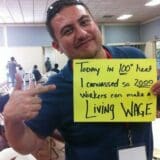
Long Beach hotel workers and community activists made history Tuesday, passing a living wage ballot measure that will help lift 2,000 people in that city’s tourism industry out of poverty.
Long Beach was one of three cities nationwide that passed minimum wage measures (San Jose and Albuquerque were the others), and the only one that enacted a law with paid sick leave. Workers at Long Beach’s large hotels will now earn at least $13 per hour and will have five paid sick days a year.
The passage of Measure N is the culmination of a multi-year effort by LAANE, UNITE HERE! (the union representing tourism industry workers) and the Long Beach Coalition for Good Jobs and a Healthy Community to build grassroots power in Long Beach, a city that for decades has been dominated by business interests largely disinterested in the huge numbers of working poor. Beginning with a large-scale civic engagement project,
» Read more about: Election 2012: Huge Election Win for Long Beach Hotel Workers »


For me, especially once Mitt Romney named Paul Ryan as his running mate, the presidential race became a contest between two Americas: one traditional, Christian, white and wealthy; the other was, well, the Other — a pioneering America of varied ethnicities, incomes and spiritual traditions. The Rainbow Coalition that Jesse Jackson first named a generation ago has come to fruition and it’s a bright day for America. Obama garnered 70 percent of the Latino vote, 70 percent of the Asian vote, 93 of the black vote, 73 percent of the gay vote and close to 60 percent of the female vote. We once again proved that this country is always changing, and that change is our strength.
Obama’s victory is thus history’s victory, the people’s victory, and a victory for all those who believe we succeed best and most when we work together across the so-called “lines” that tradition and history have often put between people.
» Read more about: Election 2012: Diversity Takes Center Stage »
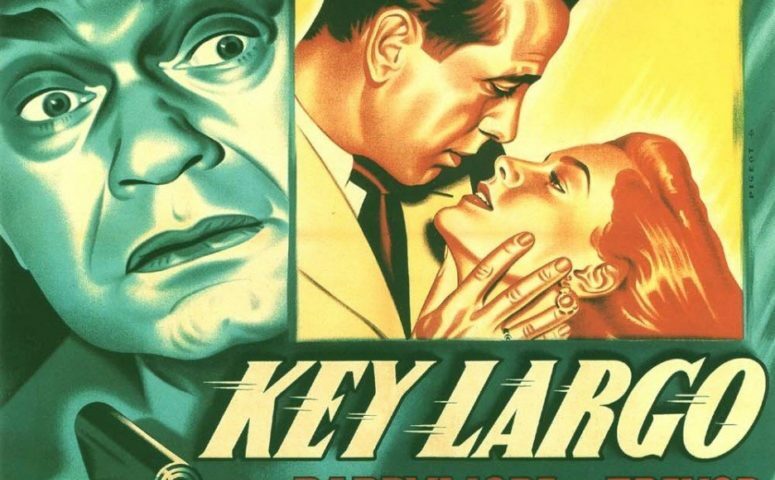
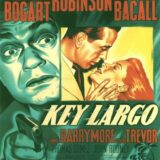
 When asked by prospective employers to describe my life’s work, I generally say that I have toiled as a writer on the extreme fringes of the entertainment industry, and most of that in New York. I’m far more familiar with the fantasies peddled by the world of movies and the theater than the one that was being sold this year to Californians by a consortium of billionaires, religious cranks, hedge-fund managers and libertarian extremists bent on financially kneecapping California labor out of the state’s political picture.
When asked by prospective employers to describe my life’s work, I generally say that I have toiled as a writer on the extreme fringes of the entertainment industry, and most of that in New York. I’m far more familiar with the fantasies peddled by the world of movies and the theater than the one that was being sold this year to Californians by a consortium of billionaires, religious cranks, hedge-fund managers and libertarian extremists bent on financially kneecapping California labor out of the state’s political picture.
Yet when Frying Pan News offered me an election-season gig as a Prop. 32 research assistant to investigative reporter Matthew Fleischer, I didn’t hesitate. I mean, I was no less qualified to look into the issue than the average voter.
No sooner did I begin to track down Prop. 32’s backers than they began emerging as a virtual Who’s Who of the same well-heeled special interests that their initiative was promising to weed out: Bizarre,
» Read more about: Election 2012: How I Spent My Autumn Vacation »
Triumph of the Numbers
Signing off last night, Brian Williams on NBC said something about how the presidential election defied the very idea of prognostication. All night the result was characterized as a surprise, which makes sense given how often television analysts before the election described this race as a toss-up, or too close to call.
Last night was the first time I’d watched any television news since Obama’s 2008 win and it was a good reminder why. Tuesday morning I searched for election predictions, and came up with 11 sites that crunched the numbers and made predictions1. All 11 predicted an Obama victory. One of the 11 expected Obama to lose Colorado, and two expected him to lose Virginia, but the rest were up in the air only about Florida (which was genuinely too close to call).
There was, in the run-up, a fair bit of criticism of such predictions,
» Read more about: Election 2012: Sure Things and Safe Bets »

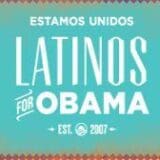
It’s a curious feeling, this brown-becoming, the “Latino vote” hurling itself over the fence as it were, saving Barack Obama from the ignominy of becoming the first black president to lose a reelection bid. I’ve been writing about the potential of the Latino vote going on three decades, and although we’ve had inklings of what kind of power it can wield (such as when it modestly pushed a few swing states toward George Bush in 2004), this time it’s at the center of the electoral narrative.
There was George Will on ABC, minutes after the election was called, talking about how Barack Obama could now put “immigration reform front and center, giving the Republicans a reef upon which they can wreck themselves.” Brian Williams and all the old school network anchors welcomed the “non-Cuban Hispanic” cohort (read: Mexicans, Central Americans, Puerto Ricans) to the national story.
» Read more about: Election 2012: Obama's “Non-Cuban Hispanic” Saviors »


Mitt Romney never had a chance.
Even in the media maelstrom that painted an electorate divided not merely between Democrat and Republican, but between rote decency and full-throated venality — I never believed the story was that simple.
Make no mistake, there was plenty of comic-book villainy, including overt racism and mushrooming fear of the Other (Obama, immigrants, blacks, unions, etc.) that seemed to be overriding any sense of common good. But none of that stuff could really match the bigger mood of the country—battered but cautious, perhaps too entertained by extremism, but not prone to joining it–which is more like Obama the man than any of us knew.
I’ll take that for now. There’s some encouragement in the fact that the center can hold when the margin that’s been fighting to replace it for the last four years is so utterly unappealing, regressive and downright undemocratic.
Nor can money buy everything.


What do weather and women’s bodies have in common?
Both figured dramatically this election season, forcing debate on issues candidates would have preferred to skitter right past. And both had a decisive influence on the vote when it became clear that certain candidates, mired in superstition and ignorance, were using theology to make decisions on matters best left to science. And, as it turned out, weather and women both had ways of shutting that whole thing down.
If Election Day 2012 was a referendum on anything, it was science, and not just the wizard-like math skills of Nate Silver, author of the New York Times’ FiveThirtyEight blog and statistician extraordinaire. It is not incidental that the same people asserting that women’s bodies refuse to fertilize rapist sperm are the same ones denying that carbon emissions from our burning of fossil fuels have caused the climate to warm, as every reputable scientist insists.
» Read more about: Election 2012: Why Science Was Tuesday's Big Winner »


 It seems like a hopeless conundrum. We need our government – federal state and local – to stimulate the economy and help create jobs. But our government has no money. Or at least less money. So does that mean that it’s foolish – or unfair – to insist that our local, state and governments do “something” to create more and better jobs for people who desperately need them?
It seems like a hopeless conundrum. We need our government – federal state and local – to stimulate the economy and help create jobs. But our government has no money. Or at least less money. So does that mean that it’s foolish – or unfair – to insist that our local, state and governments do “something” to create more and better jobs for people who desperately need them?
Well, no. In fact, there is a lot that our government can do to double or triple the number of jobs that are being created in the U.S. with the same or similar amounts of money. We just have to do things in a smarter and more strategic way to get much better results.
Here’s what I mean. As people may imagine, local, state and the federal governments buy billions of dollars worth of goods and services every year. Think about all of the buses,
» Read more about: Winning More Jobs from Government Investment »


I’m not much of a fashionista. But I do pay attention to which recycled grocery bags I carry. And the one recently passed out to the voters on my block won’t be carrying my TJ’s groceries home. This capacious, green tote is promoting four Santa Monica City Council candidates and is paid for by a coalition of developers calling themselves “Santa Monicans United for a Responsible Future” – SMURF. If only they were those tiny blue trolls of cartoon yore. Instead the group is an association of those LLCs – limited liability companies – that Mitt Romney feels have human powers.
These particular LLCs are involved in numerous large development projects around Santa Monica and are facing a competing political independent expenditure campaign calling itself “Santa Monicans for Responsible Growth” (SMRG), which also is funded, but more modestly, by business interests. These two campaigns combined have raised nearly $450,000,
» Read more about: Money Bags: Shopping for Votes in Santa Monica »
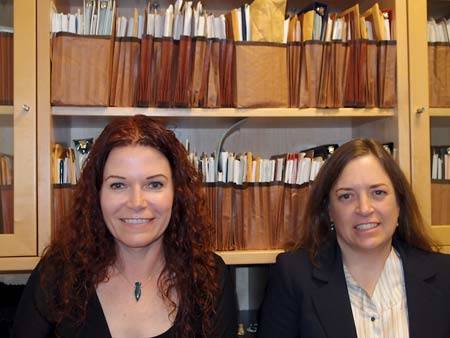

(This Berkeley Blog post is republished with permission and came to us via LA Progressive.)
About a million Americans — 100,000 of them in California — will spend Election Day as poll workers. Karin MacDonald and Bonnie Glaser, director and research specialist, respectively, at Berkeley Law’s Election Administration Research Center, say it’s a role that’s stressful and under-appreciated.
They should know. Since EARC’s inception in 2005, the two researchers have been looking at what it takes to conduct a fair, accurate and transparent election — and sharing EARC’s findings in the form of technical assistance to election officials (many of whom they know many on a first-name basis) and outreach to the public.
The two have delved into various aspects of the election process: poll-worker training, voter registration, early voting, absentee voting, voting by mail, polling-site management and more.
» Read more about: The Secret Lives of California Poll Workers »